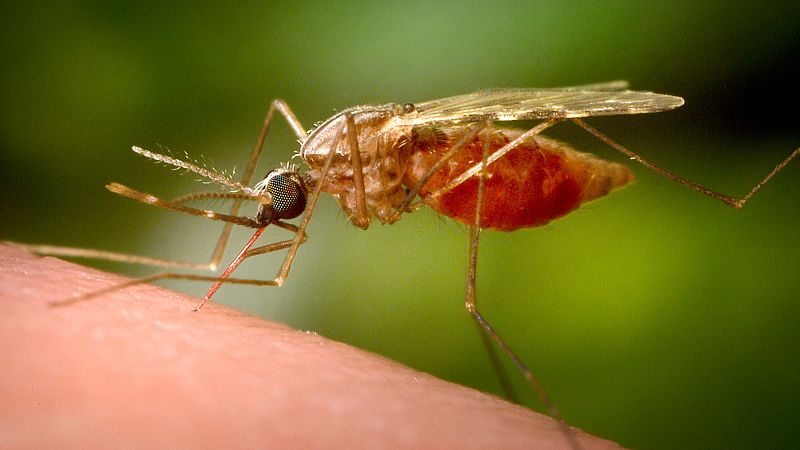China reports thousands of chikungunya cases amid outbreak of mosquito-borne virus

China is experiencing an alarming outbreak of chikungunya, a mosquito-borne infection, with thousands of cases reported in the south.
Around 7,000 infections have been reported across the Guangdong province this year, with the city of Foshan at the epicentre. There, patients have been hospitalised and are sleeping under mosquito nets, according to photos from CCTV, the state-run broadcaster.
While outbreaks are rare in China, the speed of its spread (nearly 3,000 cases in the last week alone) has triggered concern. Aside from Foshan, at least 12 other cities in Guangdong have reportedly confirmed cases.
Chinese authorities said an "imported case triggered local transmission" in July but did not specify where the infection originated.
On Sunday, Hong Kong reported its first case – a 12-year-old boy who had travelled to Foshan and later developed a fever, rash, and joint pain.
So far, Chinese authorities say all cases have been mild, with most patients recovering quickly.
What is chikungunya and how does it spread?
Chikungunya was first identified in Tanzania in 1952 and has since spread to over 110 countries. It is particularly common in Africa, Southeast Asia, and the Pacific region.
Symptoms usually appear within a week of being bitten and include high fever, rash, muscle aches, headaches, nausea, and swollen joints.
While most people recover within a week, some suffer from lingering joint pain that can last months or even years. Vaccines are not widely available and there is no specific treatment for chikungunya, but deaths are rare, according to the World Health Organization (WHO).
The virus is spread through the bite of an infected mosquito. Though the virus isn't contagious between people, it can be transmitted when a mosquito bites an infected person and then bites someone else.
What is China doing to curb the outbreak?
Authorities in Guangdong have pledged to take “decisive and forceful measures” to prevent further spread of the virus.
Much of their strategy is focused on eliminating mosquito breeding grounds, which the WHO says is the most effective method of control.
To do so, residents have been urged to remove stagnant water from their homes because it can provide an ideal breeding ground for mosquitoes. That includes water trapped in flowerpots, coffee machine trays and spare bottles. Those who fail to comply face fines of up to 10,000 yuan (€1,208).
In Foshan, the response has gone further. Last week, officials released thousands of mosquito-eating fish into lakes and water bodies, Chinese media reported. Drones have also been flown across the city to detect accumulated water in hard-to-reach areas.
The Chinese Center for Disease Control and Prevention has issued various advisories on how to prevent chikungunya fever and dengue fever, another disease spread by mosquitoes. Physical protection barriers, such as screen doors, mosquito nets for beds, and mosquito repellent spray are recommended.
Mosquito-borne viruses in Europe
As of 30 July, two European countries have reported chikungunya cases: France (49) and Italy (two), according to the European Centre for Disease Prevention and Control (ECDC).
Other parts of Europe are facing their own mosquito-borne health concerns.
In Italy, a 93-year-old woman died from West Nile virus, an illness primarily transmitted by mosquitoes, in the Lazio region. It brought the national death toll to 10 this year.
According to Italy’s National Institute of Health, 57 new cases were reported in the last week of July, with the neuro-invasive form of the disease proving particularly deadly. The current lethality rate stands at 20 per cent, compared to 14 per cent in 2024.
The ECDC has reported confirmed West Nile infections in five countries this season: Italy, Greece, Romania, Bulgaria and France.
The highest concentration of cases has been recorded in Italy’s province of Latina, where 43 infections have been reported.
Yesterday

